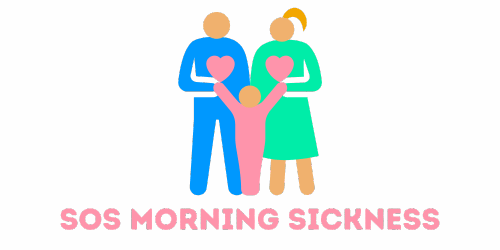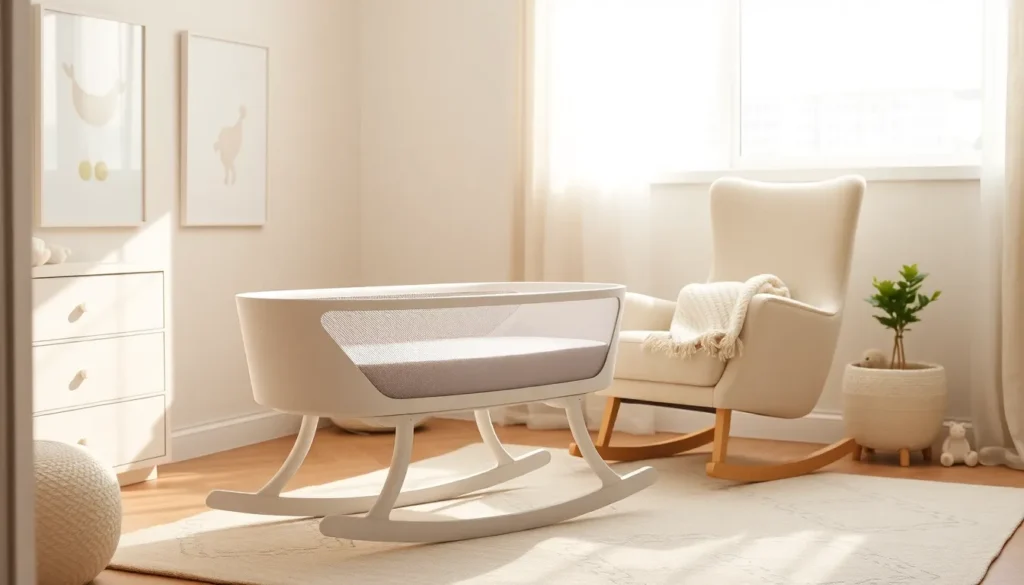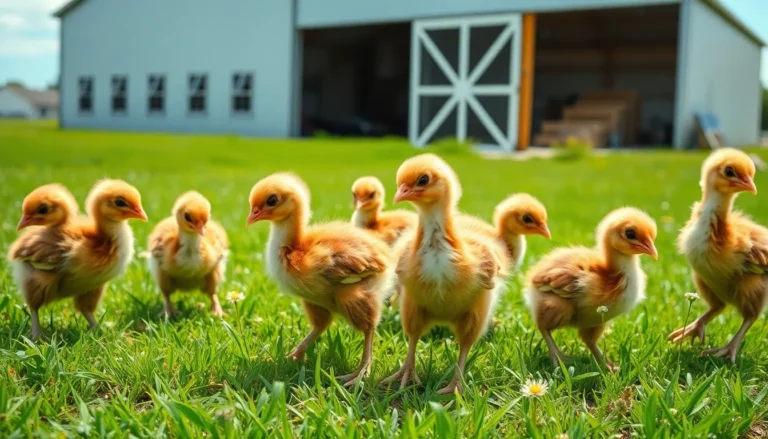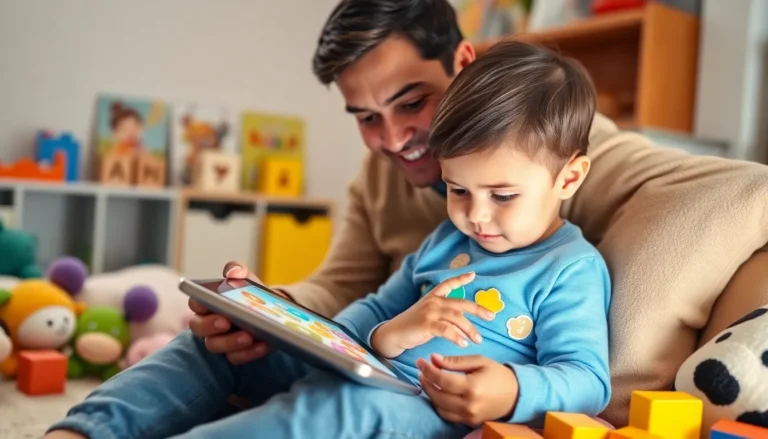The bassinet, every new parent’s lifelong companion. Or is it? How long do babies really stay in these cozy cribs? If the thought of your little one outgrowing their bassinet in the blink of an eye has crossed your mind (and let’s face it, it probably has), you’re in good company. Setting the scene of sleepless nights with a few giggles thrown in, this article dives into the world of bassinets. We’ll not just tackle the age-old question of duration but also cover everything from safety guidelines to transitioning to a crib. Get ready to unpack the details while keeping your sense of humor intact.
Table of Contents
ToggleUnderstanding the Use of a Bassinet
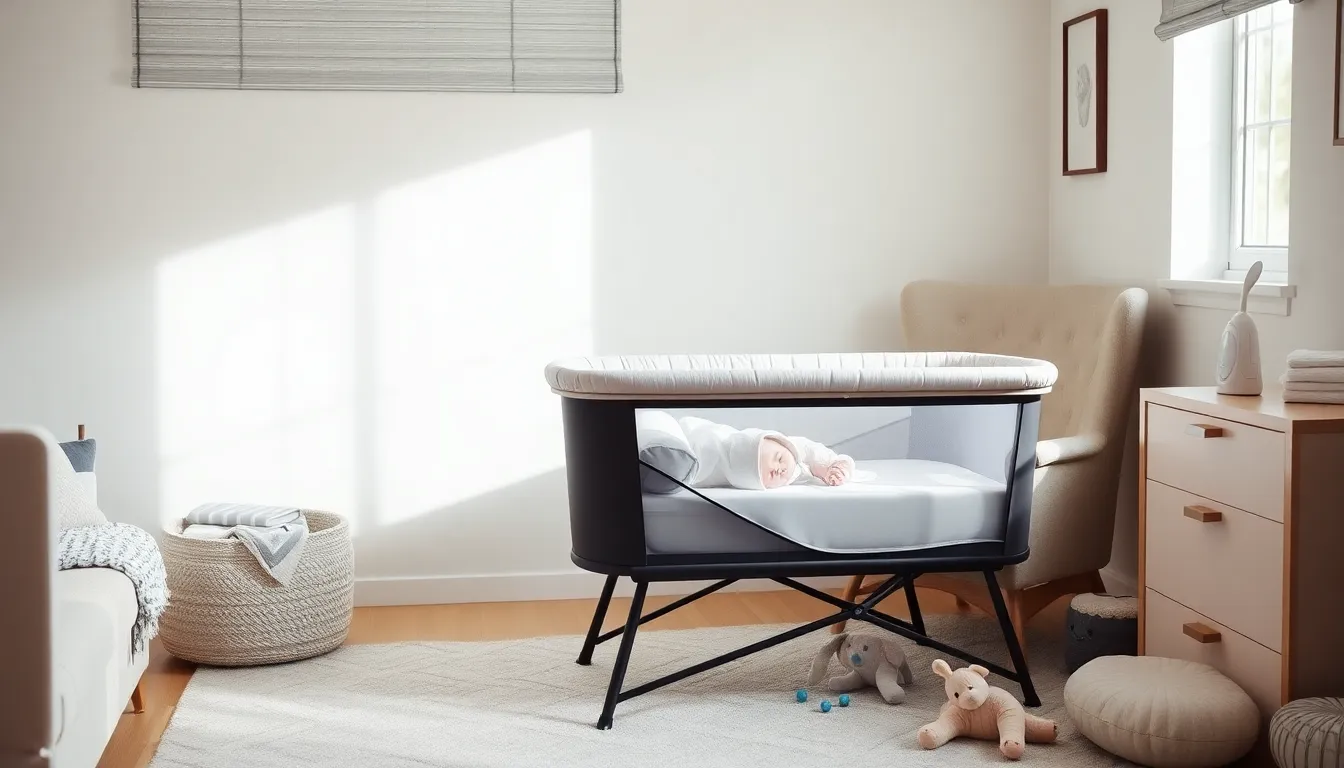
Bassinets are small, portable beds designed specifically for newborns. They provide a snug, secure environment for infants, usually recommended for babies weighing up to about 15-20 pounds. The ease of mobility can be a game-changer for parents. Picture this: you’re in the kitchen, and suddenly you hear a gurgle from the other room. Instead of running like a headless chicken, you simply wheel the bassinet over.
In these first few months, babies benefit from the close proximity to their parents. Not only does it make for easier nighttime feedings, but it also allows for bonding during those late-night gazes. But as they grow and develop, that cozy cocoon can quickly become too small for comfort.
Recommended Age Range for Bassinet Use
So, when is it time to transition? Experts generally recommend using a bassinet until a baby is about 4 to 6 months old. But, this isn’t a hard and fast rule. Some babies hit milestones quicker than others. If your child can roll over, push up on their hands and knees, or is simply getting too big for their bassinet, it’s time to consider an upgrade.
Notably, some parents may find their baby outgrows the bassinet sooner than expected, especially if they have larger growth patterns. Keep an eye on your little one. Becoming aware of their individual needs is crucial in this decision.
Factors Influencing Duration in a Bassinet
Several factors come into play when deciding how long a baby can comfortably stay in a bassinet. First off, weight is a significant consideration. As mentioned, most bassinets can safely hold babies up to 15-20 pounds. Also, growth spurts can happen anytime, throwing a wrench in your cozy sleeping plans.
Next up, development milestones. If your baby is reaching those stages quickly, such as rolling over or sitting up, it’s time to think about that crib. Also, personal comfort counts. If your baby seems squished or fussy, they may be ready to move to a slightly larger space.
Safety Guidelines for Using a Bassinet
Safety is paramount when it comes to bassinets. Always ensure that your bassinet meets the latest safety standards. Look for models that have a sturdy base, breathable sides, and a mattress that fits snugly without gaps. Generally, recommendations state that babies should always sleep on their backs to reduce the risk of Sudden Infant Death Syndrome (SIDS).
Also, steer clear of any pillows, blankets, or toys in the bassinet, to keep things safe and simple. A fitted sheet is all that’s needed. Regular checks on the baby are recommended, especially as they grow. You want to ensure they’re comfortable. It also helps to do a quick review of the manufacturer’s guidelines to be kept up to date on any specific recommendations for your model.
Transitioning from Bassinet to Crib
The transition can feel overwhelming, but it doesn’t have to be. Signs that your little one is ready for a crib include increased mobility and achieving important developmental milestones. The move can happen anytime between 4-6 months for most babies.
When transitioning, maintain a familiar routine. Continuity is key. The crib will become your baby’s new sanctuary, providing ample space for rolling, stretching, and even a few acrobatic displays. To ease the transition, consider setting up the crib in the same room initially. Familiarity can help your baby adjust, leading to smoother nights.
Tips for Choosing the Right Bassinet
When it comes to selecting the perfect bassinet, a few criteria can guide your choice. First, check for safety standards, always prioritize this. Comfort is next. Look for a firm, flat mattress that fits snugly.
Also consider portability: some models come with wheels, while others fold for ease. A design that comes with breathable sides could be a winner, allowing airflow and visibility. And don’t shy away from checking out the aesthetics either. After all, it’s a key piece for your baby’s nursery.
